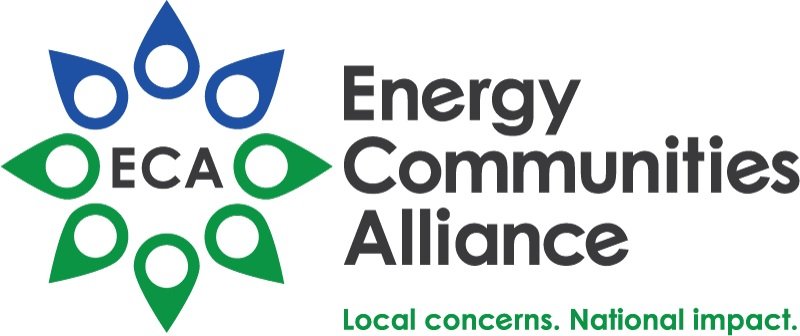FY 2022 Appropriations Status
The Appropriations Process: Where Are We Now?
The fiscal year ends September 30 (in 23 days) and Congress has two choices: 1) pass a continuing resolution (CR) as it has done in the past, or 2) shut down the government. We believe a CR through November or December is likely. Be aware that Congress needs to take action to increase the debt limit by October or November before risking a default on the nation’s debt. If Congress ties a debt limit waiver to a CR, option two may be on the table. Both major parties can point fingers at each other on who causes a government shutdown (note - no one usually wins a political fight with a government shutdown - especially during a pandemic). The CR and debt limit debate will likely be tied together, making for an interesting fall.
As we approach the September 30 deadline, the priority for Congress is not the annual budget, but the Infrastructure Bill and the large spending bill otherwise known as the $3.5 trillion budget reconciliation package. The next couple of weeks have deadlines on both bills leading up to the end of the month.
Keep your eyes on all of the issues as we focus on the FY22 budget. Below are key dates and actions by the House and Senate:
House Energy and Water Bill Status: July 29, 2021: House passed package of appropriations legislation including Energy & Water Development [HR 4502 / Subcommittee report]
Senate Energy and Water Bill Status: August 4, 2021: Senate Appropriations Committee advanced Energy appropriations; awaiting passage in full Senate [S 2605 / Subcommittee report]
As a reminder, CRs are temporary funding authority pending the final disposition of the remaining appropriations bills, either individually or as part of an omnibus. CRs may range from a single day to an entire fiscal year, and the Office of Management and Budget determines the level of temporary funding provided to relevant government agencies and parties for the duration of the CR. Typically during a CR, DOE cuts back on a percentage of spending at DOE and NNSA sites based on guidance from OMB and the FY21 budget until a final appropriation bill is passed.
What’s in the House Appropriations
On July 29, the House passed a seven-bill minibus for FY22 by a party-line vote of 219-208. The bill package included appropriations for Energy and Water Development, providing $45.1 billion in funding for DOE. This amount represents a $3.2 billion increase above the FY 2021 level and $1.1 billion below President Biden’s budget request.
Within the DOE budget, key highlights include increases for:
Office of Environmental Management (EM): $7.76 billion, a $171 million increase
National Nuclear Security Administration (NNSA): $20.2 billion, a $422 million increase
Office of Nuclear Energy (NE): $1.68 billion, a $167 million increase
Office of Science (SC): $7.32 billion, a $294 million increase
Office of Legacy Management (LM): $178.7 million, a $15 million increase
What’s in the Senate Appropriations
The Senate Appropriations Committee approved the FY22 Energy and Water Development appropriations bill on August 4 by a 25-5 vote. The legislation provides $44.9 billion in funding for DOE, $3.1 billion above the enacted FY21 level.
Within the DOE budget, key highlights include increases for:
Office of Environmental Management (EM): $7.71 billion, a $121 million increase (similar to House)
National Nuclear Security Administration (NNSA): $20.0 billion, a $268 million increase (lower than House)
Office of Nuclear Energy (NE): $1.59 billion, a $83 million increase (lower than House)
Office of Science (SC): $7.49 billion, a $464 million increase (higher than House)
Office of Legacy Management (LM): $178.7 million, a $15 million increase (same as House)
Expiration of Budget Caps for FY 2022
In 2011, during a period in which many Members of Congress expressed concern over rising budget deficits, the Budget Control Act of 2011 (BCA) was established to place legal limits on the amount of discretionary spending that could be provided each fiscal year. Discretionary spending encompasses both authorization and appropriation bills. To enforce spending limits (“budget caps”) under the BCA, the law requires that “if discretionary appropriations are enacted that exceed a statutory limit for a fiscal year, an automatic process, referred to as sequestration, is triggered to eliminate the excess spending,” according to a Congressional Research Service (CRS) report.
The BCA currently extends budget caps through FY21, and there has been no indication of an anticipated renewal of caps beyond the end of this fiscal year. According to the CRS report, “Congress may extend, or otherwise modify, the discretionary spending limits, but such changes would require the enactment of legislation.”
The report also noted the potential impact of the budget caps’ expiration on baseline projections for discretionary spending. For fiscal years encompassed by the BCA, the Congressional Budget Office (CBO) – the entity charged with providing Congress with baseline projections for discretionary spending – calculated its projections based on “(1) assuming levels of discretionary funding consistent with the spending levels permitted under the statutory limits; and (2) for types of spending that are essentially exempt from the limits (such as spending designated as an emergency or overseas contingency operations), assuming a continuation of the amounts provided in the previous fiscal year, adjusted for inflation.”
For FY22 and onward, CBO’s baseline projections for discretionary spending are calculated using the methodology required by law. The CRS report elaborated that, “Under this methodology, discretionary spending levels for the years after FY2021 will generally use the amounts provided in FY21 as the basis for discretionary spending projections for the remainder of the 10-year budget window.”

